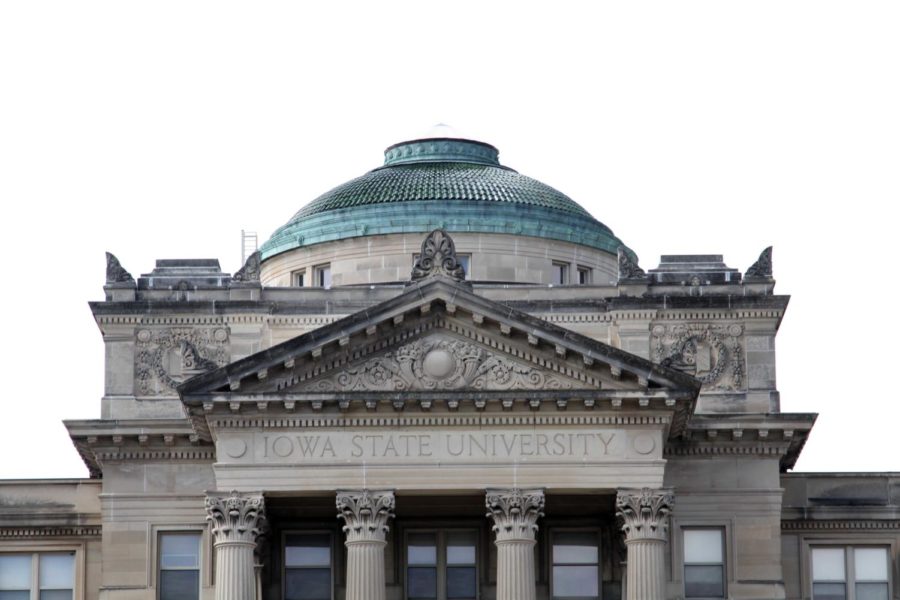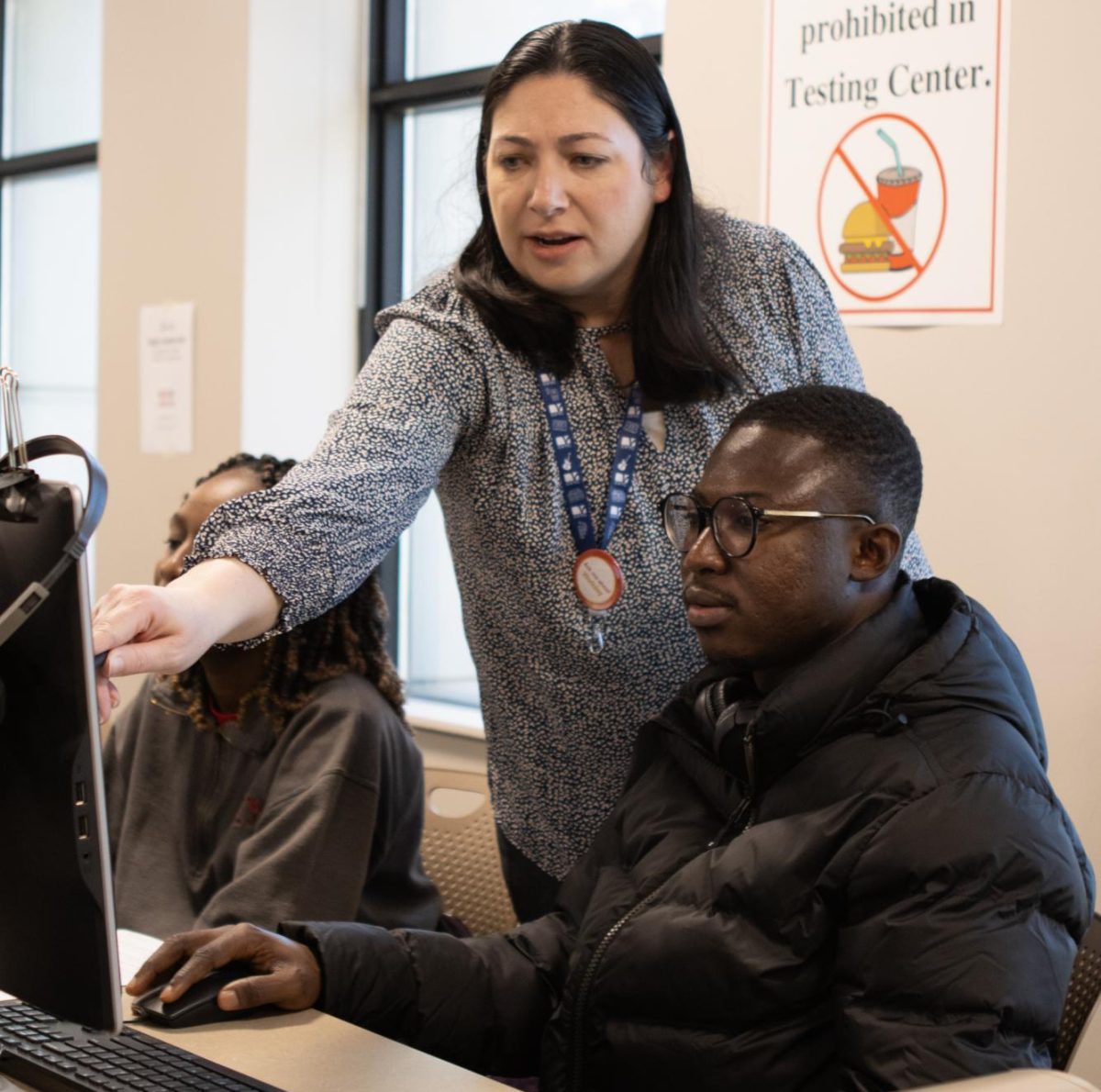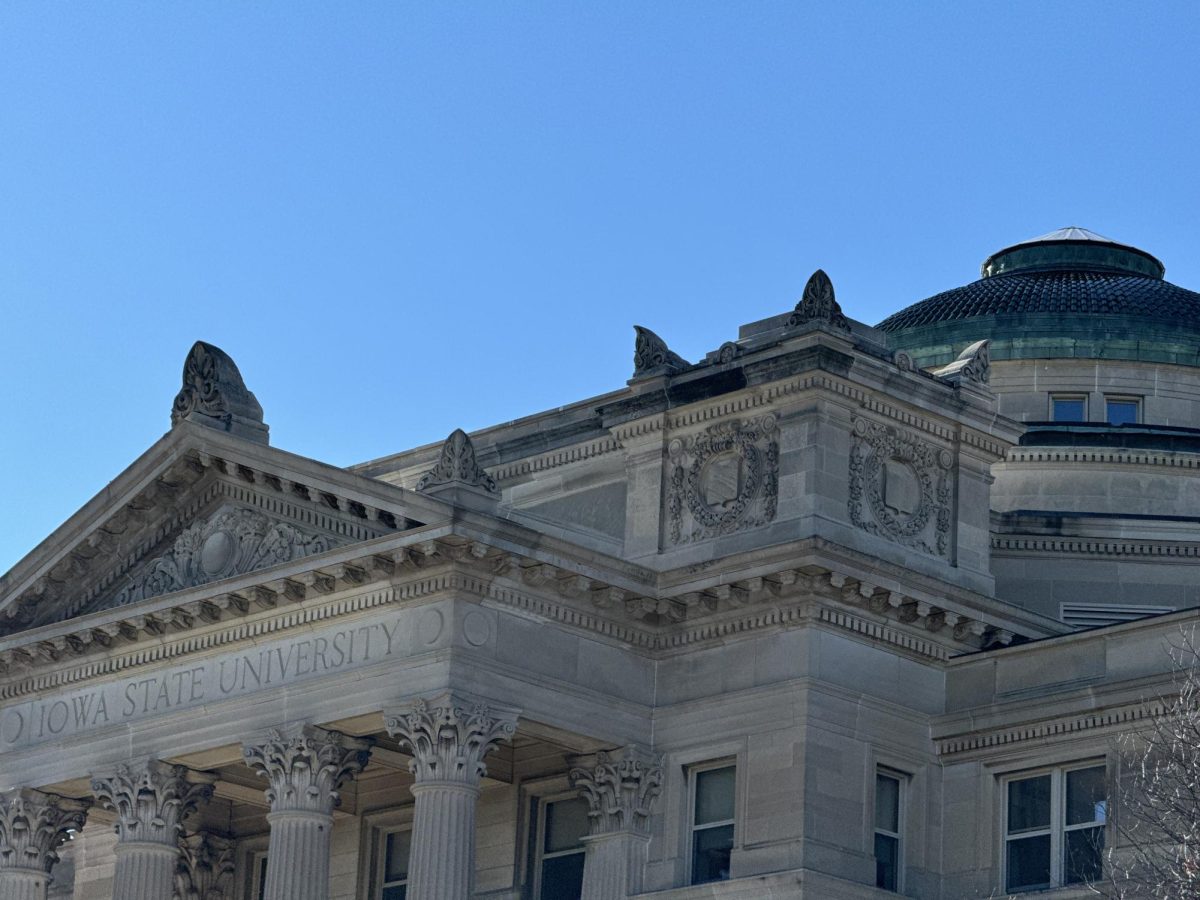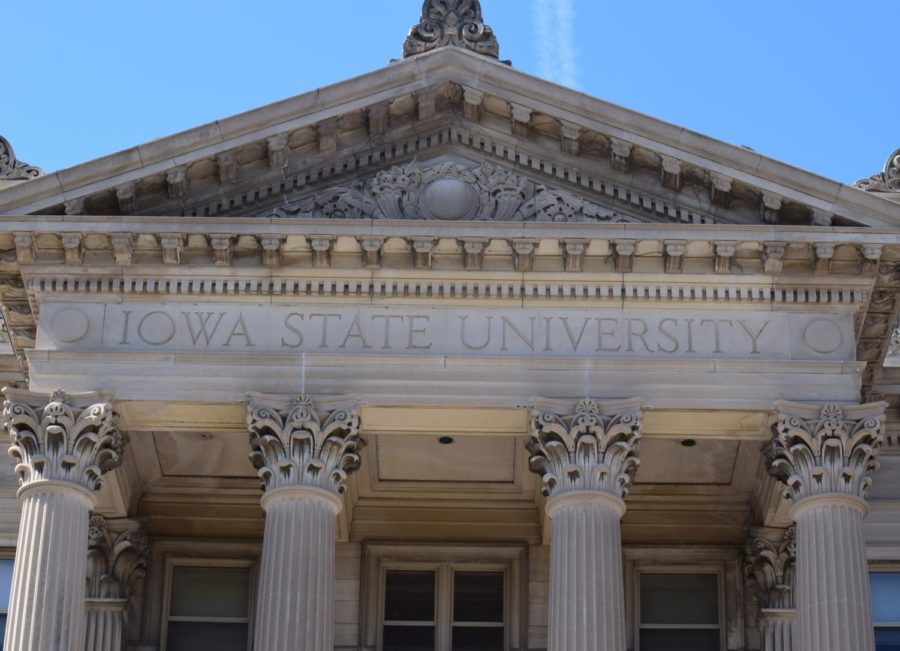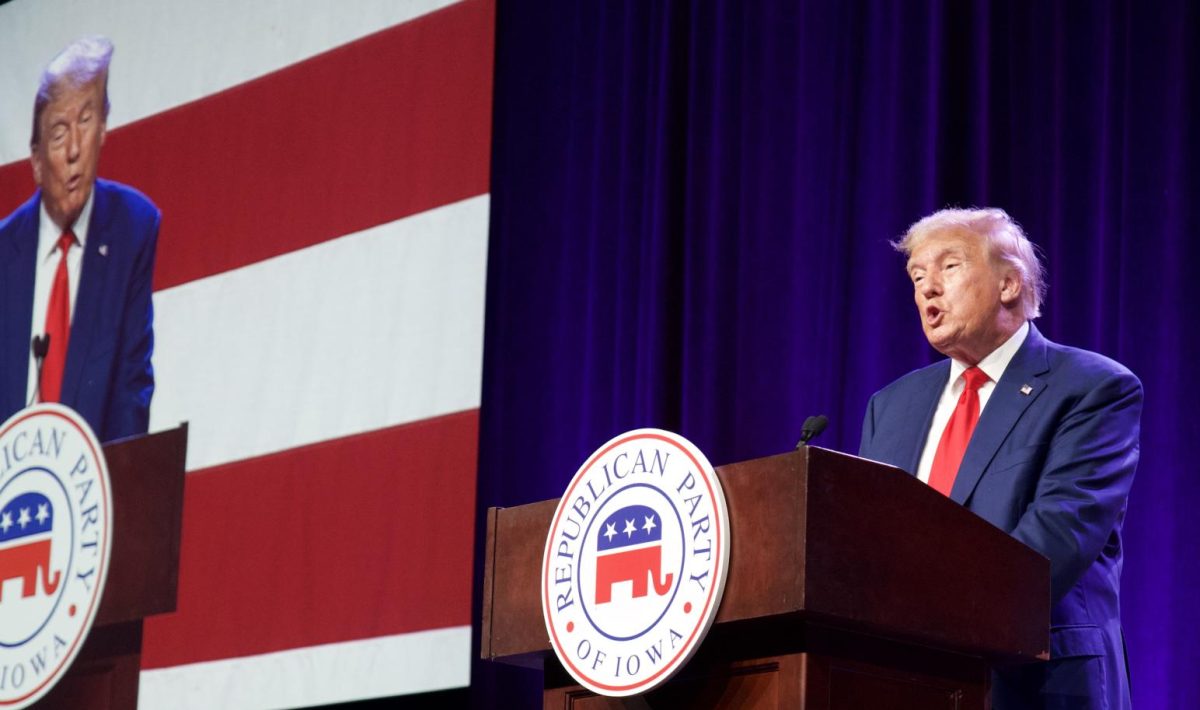The nuclear engineering bachelor’s, master’s and later minor were eliminated due to declining interest and dwindling job opportunities, as previously reported by the Daily.
The nuclear engineering program was initiated at Iowa State in the 1950s, and after years of offering programming, the program was shut down.
“They’re not building any more plants and they are downsizing others … it’s a tough market,” an Iowa State professor said in 1996.
In 1996, the university announced one of its nuclear reactors would be closing, the Daily previously reported. The reactor’s closing signified a trend that nuclear power was not taking off at the rate that nuclear advocates hoped.
The 1996 Daily interview with Scott Wendt, former reactor manager of the reactor on campus, shared a similar sentiment from the nuclear community.
“We think nuclear’s a viable option and will make a comeback. But of course, a lot of us have been thinking this for a long time, and it hasn’t happened yet,” Wendt said.
However, plant building could be on the comeback if the economics are proven, according to Brendan Ward, an Iowa State alumnus and a nuclear thermal hydraulics engineer for General Electric.
“I think that sentiment is nice, but as has been the case for a very long time, it comes down to the economics,” Ward said. “And I think that needs to change before we start seeing plants being built like they were in the 70s. I think we need to demonstrate that we can build a reactor affordably and do it repeatedly as well.”
Ward said the sentiment around nuclear may be changing for multiple reasons, including an “existential issue.”
“The idea that nuclear power as a carbon-free source of baseload electricity needed to play a role in the energy makeup is becoming more well understood and more accepted by the general public,“ Ward said.
The environmental impact of producing energy has some companies and governments looking for other sources.
“The environmentalists that were against nuclear for so long are coming around to the idea that like, ‘Hey, maybe this isn’t actually something that we want to be against. Maybe there’s something to this to better protect the environment. Maybe nuclear actually does have some merits that we just sort of discounted before out of sort of sensationalism,’” Ward said.
John Mobley, a graduate student, said in the interest of energy security and environmental concerns, the U.S. should pursue more nuclear options.

“Nuclear energy and the powerful applications for nuclear technology in general are, I would say, so underutilized within the U.S.,” Mobley said.
Ward said governmental support is increasing and the issue has become less partisan.
“There’s people in government and the Department of Energy or respective agencies that are looking at the energy makeup and saying we can’t get to our 2050 targets without replacing what we have already with nuclear,” Ward said.
There have been recent indications that nuclear energy could be making a comeback, like the Palisades plan in Michigan, which could be restarted with a $1.5 billion loan.
In December 2023, 22 nations committed to triple production of nuclear energy to combat climate change by 2050. Those countries include the U.S., Japan, France and Canada.
Overcoming sentiment
Overcoming a negative sentiment surrounding nuclear energy, like in Fukushima, contributed to a stall in nuclear energy production, according to Ward.
Mirka Deza, associate teaching professor in mechanical engineering and adviser of the American Nuclear Society Student Section at Iowa State, said overcoming a negative public sentiment is, in part, because of media coverage during disasters such as Fukushima.
“Fukushima, that was part of bringing back the fear of ‘Nuclear is bad. If there’s an accident, they’re not going to be able to control it,’” Deza said. “There is this bias or this distrust for nuclear energy, and I think that’s where most of it comes from, from the way that the accidents happen. They were not properly explained … or it was exaggerated for the news.”
According to the U.S. Department of Energy, nuclear power is the most reliable energy source, and Statista ranks nuclear and solar at the bottom of energy sources for the rate of deaths per thousand terawatt hour.
“You can be told many times over by experts and by anecdotal evidence; you can look at data that shows that driving is more dangerous than flying, and it doesn’t matter,” Ward said. “There are still people that don’t want to fly a plane, right? There’s a fear.”
Mobley said nuclear disasters like Three Mile Island or instances like the film “Oppenheimer,” paired with a lack of understanding of how nuclear power production works, can result in people who are scared of nuclear energy.
“Those are key drivers for people just shutting down and not really accepting or listening,” Mobley said.
Seminar and sentiment
Mobley, who has a bachelor’s in physics and applied mathematics and earned a nuclear engineering minor from Iowa State, led an honors seminar called “Demystifying the Term ‘Nuclear’.”
The seminar aimed to provide a cross-disciplinary view of the nuclear field and an understanding of Iowa State’s nuclear history. A product of the seminar was a survey of the 17 students who took a seminar responding to questions relating to nuclear energy and engineering. Mobley taught the honors seminar in fall 2023.


Overcoming negative thoughts about nuclear energy through education was tracked with data from Mobley’s seminar, indicating students who learned more about nuclear had more positive sentiments once becoming more familiar.
“The Simpsons, Homer worked at a nuclear power plant, and there was always depictions of, you know, just being clumsy and messing around with uranium and mutated fish and all this stuff—and the glowing barrels of green goo. But none of that is accurate,” Mobley said. “The field is so regulated, and none of that would be able to happen.”


Deza said eliminating the fear people may have, which often results in an unawareness of the topic, has created a barrier for a more widespread use of nuclear energy.
“Any time you have the misconception, go back to the source. Where did I get that information from? Is that real? Research and talk to people and experts in the field,” Deza said.
Mobley said taking an approach to educating the students in a way that boosted comprehension, rather than skipping to the disasters, was beneficial to improving sentiment about nuclear energy.
“The main thing going through it myself and then teaching is that people usually skip a couple of steps that they need to go through,” Mobley said. “So we talked about the Manhattan Project; we talk about Chernobyl, but there’s a huge gap in between. They’re talking about the science and how do these things actually work and understanding why did Chernobyl happen? Why did Fukushima happen? And understanding that.”
Iowa State history
Iowa State was home to a direct chemical research and development program in 1942. The program was called the Ames Project, which operated alongside the Manhattan Project’s physics program.
The Ames Project resulted in a process to produce pure uranium and produced over 2 million pounds of uranium during the war.
The Ames Laboratory was established in 1947 as a result of the Ames Project’s work in the Manhattan Project.
“It is not an exaggeration to state that without the achievements of the Ames Laboratory on the Iowa State campus in the years 1942–45, World War II could have been considerably lengthened, with significant further loss of human life,” according to ACS.org.
More recent remnants of the history of nuclear engineering at Iowa State include the loss of degree programs, including a minor in nuclear engineering in 2019, a bachelor’s degree in 1993 and a master’s in 1997.
The Ames Laboratory Research Reactor was removed in 1977, and a nuclear reactor next to Sweeney Hall was built in 1959 and operated until May 1998, according to Iowa State News Service.
It was announced in 2017 that the building itself would be destroyed to make room for the Student Innovation Center.
Although Iowa State has discontinued its nuclear programs, the American Nuclear Society Student Section at Iowa State meets regularly. Mobley also led a group of students to the 2024 American Nuclear Society Student Conference at Penn State, where he presented on nuclear technology in society and education and moderated a panel on nuclear advocacy and policy.








